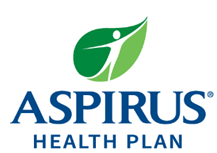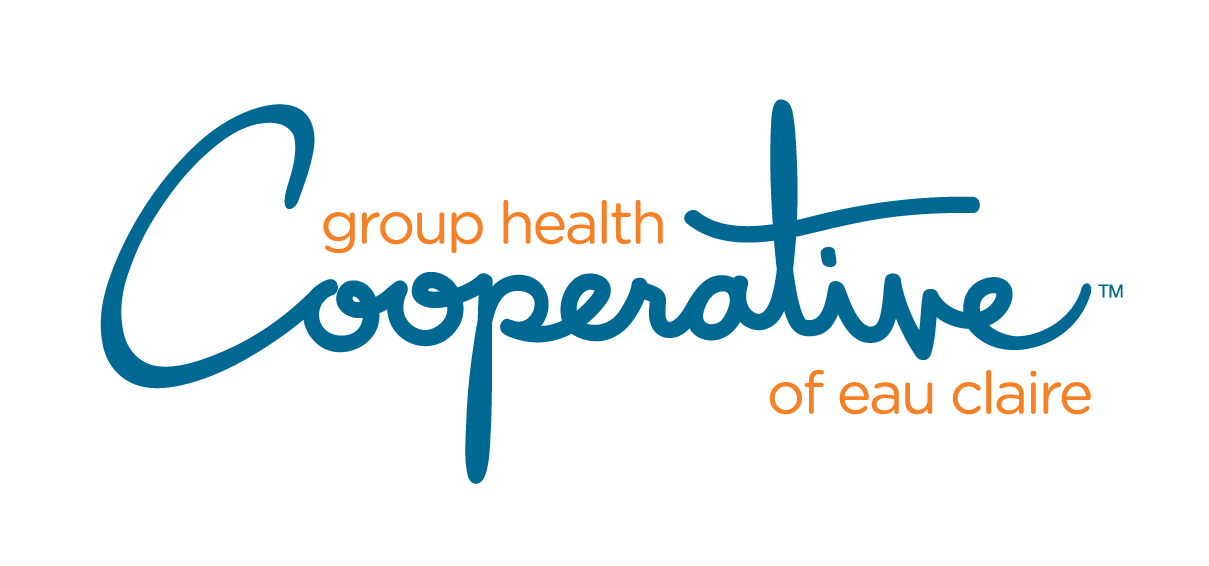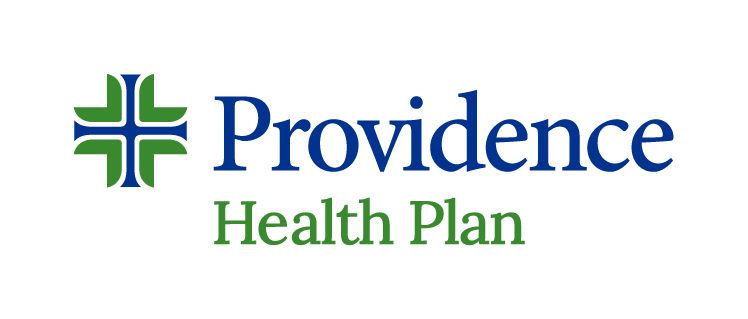May 1, 2020
This piece was originally published on The Health Care Blog.
by Ceci Connolly and Matt DoBias
When it comes to money back guarantees in health care, it’s often less about the money and more about the guarantee.
That’s the biggest takeaway shared by two organizations—Geisinger Health System and Group Health Cooperative of South Central Wisconsin (GHCSCW)—that separately rolled out closely-watched campaigns to refund patients their out-of-pocket costs for health care experiences that fell short of expectations.
Both programs started as a way to inject a basic level of consumerism into a process long bereft of one. In fact, as consumer frustration over medical costs rise, a money back guarantee has the potential to win back a dissatisfied public.
But like many experiments in health care, the effort produced some unexpected results as well. Instead of a rush on refunds, executives from both systems said their money-back pledge served even better as a continuous-improvement tool, with patients providing almost instantaneous feedback to staff who felt newly empowered to address problems.
Call it a welcomed surprise for executives who saw the value in providing a guarantee between patients and the clinicians who treat them, and medical and legal staff who were at first leery of the idea before gradually warming to it.
“People just want an avenue to give us advice,” said Allan Wearing, chief insurance services officer at GHCSCW. “What members want is an ability to tell you in an easy way that their experience was not the best and [the system] needs to fix what’s wrong.”
“We’re doing it.”
Both Geisinger and GHCSCW are sharing what they’ve learned with an industry that is seen as overtly protective of every dollar that flows in-and-out of their systems, and that guards against federal and state policies that may reduce revenue.
In 2015, Geisinger debuted its ProvenExperience program under then-Chief Executive David Feinberg in a very public way—in front of 500 executives at a client conference hosted by surveying giant Press Ganey. For many procedures, a patient can simply tap on the Geisinger app and receive a refund of anywhere from $1 to the full out-of-pocket charge—no questions asked.
“In the beginning, I talked to other health system CEOs and industry leaders about ProvenExperience and they all said, ‘Don’t do it.’ I felt really dejected,” Feinberg, who is now an executive with Google Health, said at the time. “Then I thought about Kodak executives discussing digital photography. And Blockbuster talking about online video options. Were they also told ‘Don’t do it?’ That’s when I said to myself, we’re doing it.”
A few years later, after seeing Feinberg present at the Alliance of Community Health Plans (ACHP), GHCSCW unveiled its own Experience Guarantee, which was patterned after Geisinger’s but with its own local spin.
“It was clear to us that healthcare has become deaf to the voice of the consumer,” GHCSCW President and Chief Executive Officer Mark Huth said. “Patients have complaints about delays, poor communication, dropped balls, and the response is ‘Oh, sorry. That happens sometimes.’ You would never tolerate that in your favorite coffee shop or restaurant—they would make it right or refund your money.”
Huth added: “We knew we had to be better. We had to give patients a voice and we had to have financial skin in the game.”
Most complaints, Wearing said, focus on communication lapses. Perhaps a patient waited 30 minutes for a physician who never showed, or frontline staff miscommunicated the timing of an appointment. Medical errors, for instance, are not included in the guarantees, and both Geisinger and GHCSCW have implemented policies that protect against patient-gaming. Available refunds typically reflect what the patient would have paid out of pocket.
Unlike other quality reporting mechanisms, feedback is immediate. Complaints go to unit managers and ultimately land on the desk of Chief Executive Mark Huth, a physician himself. Staff have two days to address the issue.
Refunds total less than 0.02 percent of revenue
Geisinger and GHCSCW share some of the same DNA—both integrate the health plan with care delivery for a coordinated approach with aligned financial incentives. And both are rooted in their communities with long histories of patient-centered care. So it’s not surprising that both organizations shared similar results, including that the number of actual refund requests per patient encounter is low, as is the average refunded amount.
At Geisinger, about 30 to 50 patients each month request a refund. For perspective, Geisinger counts about 1.7 million outpatient visits per year. Simply by sheer size and scale Geisinger’s numbers are higher than GHCSCW. Through 2018, Geisinger has provided refunds of more than $585,000, or less than 0.02 percent based on systemwide revenue of about $3.3 billion, according to its audited 2019 financial statements. It’s also telling that Geisinger consistently ranks in the Top 10 percent in Press Ganey patient experience scores.
At GHCSCW, 255 total refund submissions were made over a one-year period, from September 2018 to September 2019, which breaks down to about 1 in 1,000 patient encounters. GHCSCW, largely centered around Madison, Wis., provides specialty and primary care to about 80,000 members. The average refund was $46.02, which is in line with the average copay. All told, GHCSCW has refunded patients about $5,000 since the program’s launch in 2018, or roughly about 0.5 percent of money collected through copays and other out-of-pocket costs.
Importantly, Geisinger and GHCSCW launched these programs at a time when public outcry over health care costs is rising. Americans continue to cite concerns over the cost of care even as elected officials and policy makers at the federal and state level are at odds on how to tame rising costs.
While health care costs continue to be top of mind, the quality of care patients receive tracks a close second. Increasingly health plans and provider groups are putting a premium on patient experience measures, which can now count as much as 25 percent of a physician’s overall performance score.
An opportunity for near real-time feedback
“What started as ‘skin in the game’ has become a rallying cry,” Huth said. “We believe so much in our ability to provide an exceptional patient experience that we offer an Experience Guarantee. It has really united our staff.”
While the process to stand up money-back guarantee programs is not painless, the resulting data should allay concerns typically raised by chief financial officers, physician leaders and compliance executives who may worry about promoting a program that can impact the bottom line.
“The whole process is one of learning,” Burke said. “We’re trying to get everyone on board to see things through the patient’s eyes. The refund, more or less, is just putting some skin in the game.”
Four key lessons to keep front-and-center when offering a money-back guarantee
- Buy-in from top executives is key. The impetus to move forward at both GHCSCW and Geisinger was driven by the top bosses themselves. In Geisinger’s case, the program remained even after Feinberg’s exit. Executive leadership is critical to keep momentum from lapsing. Dr. Jaewon Ryu, Geisinger’s former chief medical officer who was named the system’s new chief executive in 2019, touted the program in an interview with Modern Healthcare. “We’ve heard tremendous feedback,” he said, adding that it “changes culture because now all of a sudden you’ve put a guarantee out there, and I think the staff are all laser-focused on making sure that the experience is a good one.”
- Expect pushback from all the usual places. At GHCSCW, leaders had to overcome concerns from physicians, financial officers and, expectedly, compliance. “We spent months trying to get terms and conditions right,” Wearing said.
- Put an experienced project manager on the job. The idea of a money-back guarantee in health care is novel enough. Successfully anticipating what it would actually mean in practice proved even more daunting. The team at GHCSCW identified 84 items on its project task list that it had to work through before it could launch its program.
- Technology can be revealing. GHCSCW created its MySmartCare app, which serves as a portal for members to file and process complaints. “On that app it says, if there’s something with your experience at GHCSCW, just tap the app and tell us what your issue was,” Wearing said. The key: When someone files an issue, it goes to GHCSCW’s member services and—importantly—is seen by Huth, the CEO, and other senior leaders. Member services has two days to report back how the issue was resolved.
Where to next?
Since the launch of these consumer-friendly programs, few other health systems have followed suit in such high-profile ways. But that could change, especially as health plans begin to warm to more tools designed with the consumer in mind, such as cost-estimator applications that make spending more predictable and “shoppable.”
Both Geisinger and GHCSCW say that the goodwill and trust built among plan members—and the public broadly—outweigh what they returned in monetary refunds. That, too, could begin to tip the competitive advantage to those organizations that follow a similar path, providing a keen differentiator in the market.
Standing up a money-back guarantee has its challenges, but with a clear nod to making health care more consumer-friendly, it may be worth the risk.
Ceci Connolly is president and CEO of the nonprofit Alliance of Community Health Plans, a national consortium of 25 nonprofit health organizations, and a former national health correspondent for The Washington Post.
Matt DoBias is Associate Director, External Affairs of ACHP and a former health care reporter for Politico and Modern Healthcare.


































